
Íslenskir nautgripir
- Home
- Our work
- Farm animals
- Nordic native breeds
- Íslenskir nautgripir
English name: Icelandic cattle
Weight: 470kg (cows), 700kg (bulls)
Height: 125cm (cows), 150cm (bulls)
Colour: Multiple colours and patterns
Type: Dairy breed
Number of offspring: 1-2
Birth weight: 32 kg
Number of milking cows in Iceland, 2019: 26,271
Total number of cattle in Iceland, 2019: 78,000
Milk production, 2019: 6.334 kg
Not at Risk – Vulnerable – Endangered – Critically Endangered – Extinct
History
The origin of the Icelandic cattle can be traced back to the settlement of Iceland in the 9th century by Norse migrants. Research has shown that the breed is related to the native breeds in Scandinavia. Records from the 18th and 19th centuries contain references of import of cattle to Iceland, but all indications point to the impact on the current Icelandic population being very limited. In the early 20th century organized breeding programmes for the Icelandic cattle was initiated by establishment of several breeding associations. The breeding programmes initially emphasized reduction of the number of horned animals but never placed any emphasis on colour and patterns. Consequently, there are only around 1-2% horned animals in the population today, whereas the colour diversity of the breed is considerably wider than seen in many other bred species.
When cattle breeding associations where established across Iceland, their role was twofold. They took responsibility for record keeping of pedigrees and produced products as well as for jointly owned bulls in their membership area. Overall management of record keeping of production has from the beginning been under the auspices of The Farmers Association of Iceland, an umbrella organization covering farmer’s interests. Around the middle of the 20th century, supervision of the conduct of production records was largely transferred from cattle breeding associations to district agricultural associations, which by that time where operating across the country.
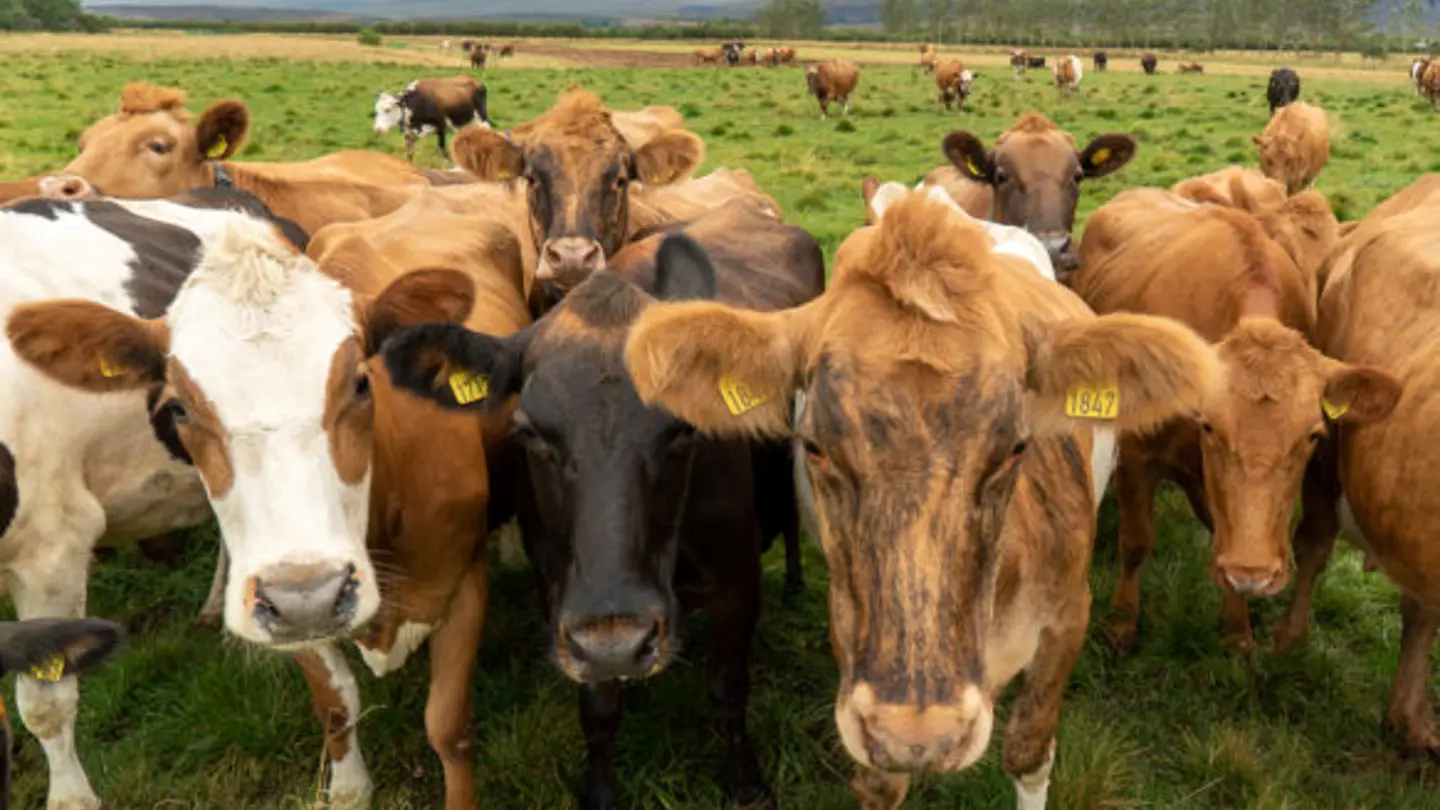
In 1974 milk production records where computerized and in 2008 it was totally transformed by establishment of the electronic cattle database “Huppa”. Nearly all milk production in Iceland takes place on farms that keep records in Huppa. That implies 99% of the cow population is being recorded. In the middle of the 20th century one started to use artificial insemination (AI). The practice became common throughout the country when the use of deep–frozen semen was adopted around 1970. Today this method is used on most cattle farms in Iceland. Only one bull centre is operated and this serves the entire country.
From the time that AI became centralized for the whole country, the breeding programmes have been operated as a single unit. In 1974 progeny tests of AI bulls began. The programme aims at breeding with varying emphasis on several traits. Although products play the most important role, fertility, longevity, udder health, udder and teat type, milking and temper are all aspects of the breeding goal. Care has always been taken to minimize inbreeding in the stock and this has been successful in comparison with larger cattle breeds in many neighbouring countries. Breeding assessments are carried out in accordance with BLUP methods. This means that it is even more important than before to closely monitor inbreeding trends in the population. Preparation for genomic selection began in 2017 and is expected to be in place by 2022.
Characterization
Activities characterizing the breed is an important part of conservation. This is also the case for the Icelandic cattle, even though the breed currently is the only Nordic native cattle breed that is categorized as Not at Risk of extinction based on the population size. Through characterization we learn whether the breed possesses unique characteristics we may need in securing food production for future generations. NordGen conducted a study, covering 6 different categories of characterization, showing that until 2019, 18 different easily accessible studies had been performed. 16 of the studies focused mainly on investigating molecular diversity by use of microsatellites within the breed as well as between Icelandic cattle and several other cattle breeds. However, for the rest of the categories the amount of available knowledge on characterization is limited to one study focusing on coat colour, one on mastitis, one on production traits and one on prenatal death. Finally, no scientific studies investigating the socio-economic importance of the breed was found. Therefore, there is still a great need to characterize the Icelandic cattle, so that we are better off in conservation of the breed.
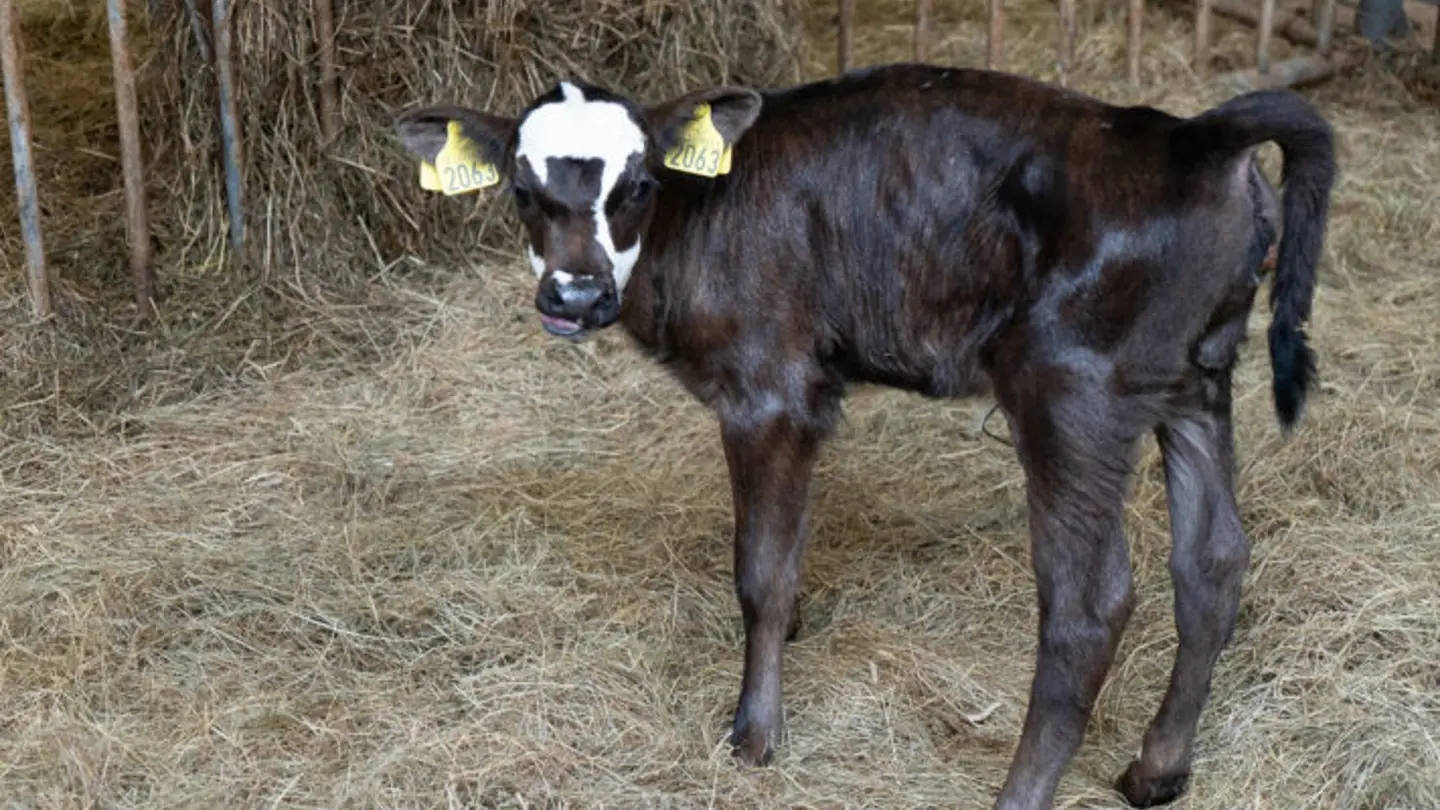
References
Ásbjarnardóttir, M. G., Kristjánsson, T., Jónsson, M. B. & Hallsson, J. H. (2010). Analysis of genetic diversity and population structure within the Icelandic cattle breed using molecular markers. Acta Agriculturae Scandinavica, Section A – Animal Science 60(4), 203–210. doi:10.1080/09064702.2010.538714.
Baldursdóttir, B.K. (2020). Personal communication.
Benjamínsson, B. (2007). Prenatal death in Icelandic cattle. Acta Veterinaria Scandinavica 49(Suppl 1), S16. doi:10.1186/1751-0147-49-S1-S16.
Blott, S., Williams, J. & Haley, C. (2003). Genetic diversity among European cattle breeds. Roslin Institute Edinburgh, Publications, available at: http://www.beltie.de/Genetic%20Diversity.pdf
Braend, M., Rendel, J., Gahne, B. & Adalsteinsson, S. (1962). Genetic studies on blood groups, transferrins and Hemoglobins in Icelandic cattle. Hereditas 48(1–2), 264–283.
Davíðsdóttir, S.M. (2012). Litafjölbreytileiki íslenska kúastofnsins. Agricultural University of Iceland. Bachelor degree project.
Edwards, C. J., Connellan, J., Wallace, P. F., Park, S. D. E., McCormick, F. M., Olsaker, I., Eythorsdottir, E., MacHugh, D. E., Bailey, J. F. & Bradley, D. G. (2003). Feasibility and utility of microsatellite markers in archaeological cattle remains from a Viking age settlement in Dublin. Animal Genetics 34(6), 410–416.
Eiríksson, J.H., Sigurdsson, Á., Jóhannesson, G. & Eythórsdóttir, E. (2019). Genetic parameters for Icelandic dairy cows using a random regression test-day model. Icel. Agric. Sci 32(2019), 3-16.
Eiríksson, J.H., Sigurdsson, Á., Jóhannesson, G. & Eythórsdóttir, E. (2019). Comparison of test-day and lactation models for genetic evaluations of Icelandic dairy cows for production traits and somatic cell score. Icel. Agric. Sci 32(2019), 31-41.
Gautason, E., Schönherz, A., Sahana, G. & Guldbrandtsen, B. (2019). Relationship of Icelandic cattle with Northern and Western European cattle breeds, admixture and population structure. Acta Agriculturae Scandinavica, Section A – Animal Science 69(2020), 25-38. Doi: 10.1080/09064702.2019.1699951
Hamilton, C. K., Favetta, L. A., Di Meo, G. P., Floriot, S., Perucatti, A., Peippo, J., Kantanen, J., Eggen, A., Iannuzzi, L. & King, W. A. (2009). Copy number variation of testis-specific protein, Y-Encoded (TSPY) in 14 different breeds of cattle (Bos Taurus). Sexual Development 3(4), 205–213. doi:10.1159/000228721.
Kantanen, J., Olsaker, I., Brusgaard, K., Eythorsdottir, E., Holm, L.E., Lien, S., Danell, B. & Adalsteinsson, S. (2000a). Frequencies of genes for coat colour and Horns in Nordic cattle breeds. Genetics Selection Evolution 32, 561–576.
Kantanen, J., Olsaker, I., Holm, L.-E., Lien, S., Vilkki, J., Brusgaard, K., Eythorsdottir, E., Danell, B. & Adalsteinsson, S. (2000b). Genetic diversity and population structure of 20 North European cattle breeds. The Journal of Heredity 91(6), 446–457.
Kidd, K. K. & Cavalli-Sforza, L. L. (1974). The role of genetic drift in the differentiation of Icelandic and Norwegian cattle. Evolution 28(3), 381. doi:10.2307/2407159.
Kierkegaard, L.S., Groeneveld, L.F., Kettunen, A., Berg, P. (2020). The status and need for characterization of Nordic animal genetic resources, Acta Agriculturae Scandinavica, Section A — Animal Science, 69:1-2, 2-24, DOI: 10.1080/09064702.2020.1722216
Li, M.-H. & Kantanen, J. (2010). Genetic structure of Eurasian cattle (Bos Taurus) based on microsatellites: Clarification for their breed classification. Animal Genetics 41(2), 150–158. doi:10.1111/j.1365-2052.2009.01980.x.
Li, M. H., Sternbauer, K., Haahr, P. T. & Kantanen, J. (2005). Genetic components in contemporary Faroe Islands cattle as revealed by microsatellite analysis. Journal of Animal Breeding and Genetics 122(5), 309–317.
Lien, S., Kantanen, J., Olsaker, I., Holm, L.-E., Eythorsdottir, E., Sandberg, K., Dalsgard, B. & Adalsteinsson, S. (1999). Comparison of milk protein allele frequencies in Nordic cattle breeds. Animal Genetics 30, 85–91.
Negrini, R., Nijman, I. J., Milanesi, E., Moazami-Goudarzi, K., Williams, J. L., Erhardt, G., Dunner, S., et al. (2007). Differentiation of European cattle by AFLP Fingerprinting. Animal Genetics 38(1), 60–66. doi:10.1111/j.1365-2052.2007.01554.x.
Oddgeirsson, O., Simpson, S. P., Morgan, A. L. G., Ross, D. S. & Spooner, R. L. (1988). Relationship between the Bovine major histocompatibility complex (BoLA), erythrocyte markers and susceptibility to mastitis in Icelandic cattle. Animal Genetics 19(1), 11–16.
Sigurdsson, A. (1993). Estimation of genetic and Phenotypic parameters for production traits of Icelandic dairy cattle. Acta Agriculturae Scandinavica, A 43(2), 81–86.
Sigurdsson, A. & Jonmundsson, J. V. (1995). Inbreeding and its impact in the Closed population of Icelandic dairy cattle. Acta Agriculturae Scandinavica, Section A – Animal Science 45(1), 11–16. doi:10.1080/09064709509410908.
Tapio, I., Värv, S., Bennewitz, J., Maleviciute, J., Fimland, E., Grislis, Z., Meuwissen, T. H. E., et al. (2006). Prioritization for conservation of Northern European cattle breeds based on analysis of microsatellite data. Conservation Biology 20(6), 1768–1779. doi:10.1111/j.1523-1739.2006.00488.x.
Utsunomiya, Y. T., Bomba, L., Lucente, G., Colli, L., Negrini, R., Lenstra, J. A., Erhardt, G., Garcia, J. F. & Ajmone-Marsan, P. (2014). Revisiting AFLP fingerprinting for an unbiased assessment of genetic structure and differentiation of taurine and Zebu cattle. BMC Genetics 15(1), 47.
Þórarinsdóttir, Þ. (2020). Genetic Parameters and Genetic Trends of Female Fertility in Icelandic Dairy Cattle. Agricultural University of Iceland. Master Thesis Image: Jón Eiríksson Published: 19 October, 2020
Read more about our other native breeds
-
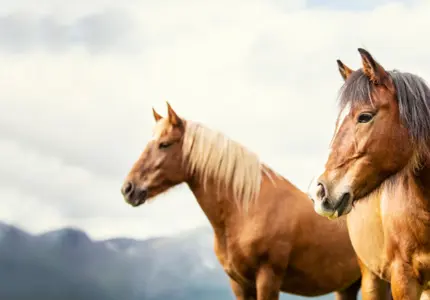
Nordland/Lyngen Horse
The first known and documented exhibition where this breed participated, was in 1898 at Lyngseidet in Troms. In the 1930s, organized breeding of Nordland/Lyngen horses started.
Read more about the breed
-
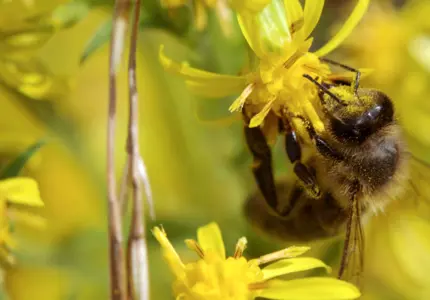
The Nordic brown bee
Honey bees are threatened by intensive agriculture, habitat loss and climate changes worldwide and are important to conserve, not only due to their honey production but also due to their pollination services.
Read more about the breed
-
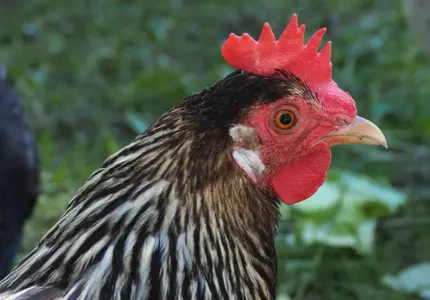
Finnish Landrace Chicken
In 1974, the agricultural advisory agency collaborated with Seiskari and published a call to find remains of the Finnish landrace chicken. As a result, one flock was found in South-East Finland. This family line was named after its geographical location as “Savitaipaleenkanta”.
Read more about the breed